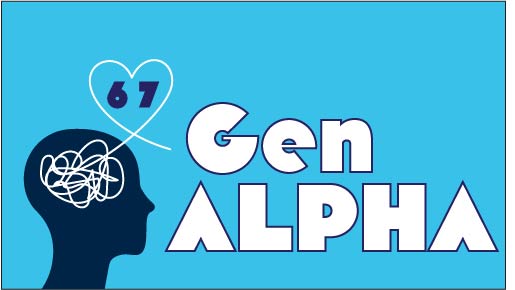The Internet is truly a complex and glorious place. At its best, it can be an outlet for creativity and communication, but at its worst it can be a bottomless abyss of terror and confusion. Unless someone has been living under a rock without wifi for the past few years, they are aware of what I like to call the “Golden Quartet” of the Internet: Twitter, Tumblr, Instagram, and Facebook. All of these apps or websites have commonalities, like their general accessibility, user-friendliness, and instant messaging abilities. Though these qualities are all essential to the apps’ success, there is one item present on all of these social media platforms that they owe much of their credit to, an item that is often taken for granted and somewhat misunderstood: the “meme”.
The meme has been around for quite some time and was even kicked around before the Internet. The term “meme” was coined in 1976 by Richard Dawkins in his book, The Selfish Gene, in an effort to explain how ideas and cultures get shuffled around between people. The actual definition of a meme is an idea, behavior, or style that spreads from person to person within a culture. In the 21st century, nothing can exist without being recreated in a skewed, distorted version that is subsequently soaked up by the sponge that is the millennial generation, like DC Comics’ Suicide Squad. The characters of Suicide Squad have existed for quite some time within the infamous Batman storyline, and have been rebooted in the sub-par 2016 remake that has been eaten up by viewers and fans, regurgitated through overdone Halloween costumes and badly done renditions of the Joker.
Unlike most remakes, the 21st century appropriation of memes isn’t all that bad. As someone who has grown up with the Internet as a constant in everyday life, I have seen memes go through various evolutionary phases, shape-shifting daily. From the humble beginnings of my meme education on the I Can Haz Cheezburger? website full of animals in compromising positions and with hilarious facial expressions surrounded by witty jokes in black-lined white text, to my days spent looking for “Rare Pepe” pictures to send to my friends, I have seen just about every meme to grace the Internet with its presence.
Of course, not all memes come from simple pet photos or bad drawings of frogs. Many memes are created from funny screen caps taken from childhood television shows like Arthur and Scooby Doo, such as the iconic “Arthur fist meme” and the fact that someone pointed out that Scooby Doo’s full name was, in fact, Scoobert Doobert. As someone who’s not too into remakes (except for the 2016 Ghostbusters), I love seeing my favorite childhood TV shows brought back to life by the beauty of Internet memes.
Like any other platform for self expression and entertainment, there is a dark side to memes. Deep in the chasms of the internet where nobody goes, there are what is said to be “dead memes”; memes so hackneyed and overused that everyone on the Internet has collectively buried them under mounds of html code and old files so that no one ever sees them again. These long dead memes are often at the backs of many minds, but never reappear on computer screens. Since its viral debut, the “Charlie bit my finger” video has snuck into the meme graveyard, along with other dead memes like Triumphant Baby and Bad Luck Brian. Though this seems kind of sad to all meme-sympathizers, it is truly for the best that these memes are laid to rest as the Internet continues to spew new memes daily.
All-in-all, memes are the epitome of all internet jokes and have the ability to make any person with wifi let out a light-hearted giggle here and there, especially if they enjoy joking about their own existential life crisis or detrimental laziness. No matter the emotions, babies covered in peanut butter, and confused cartoon sea creatures dressed as cavemen, or dramatic facial expressions of Olympic athletes should lift moods and bring smiles to faces.






